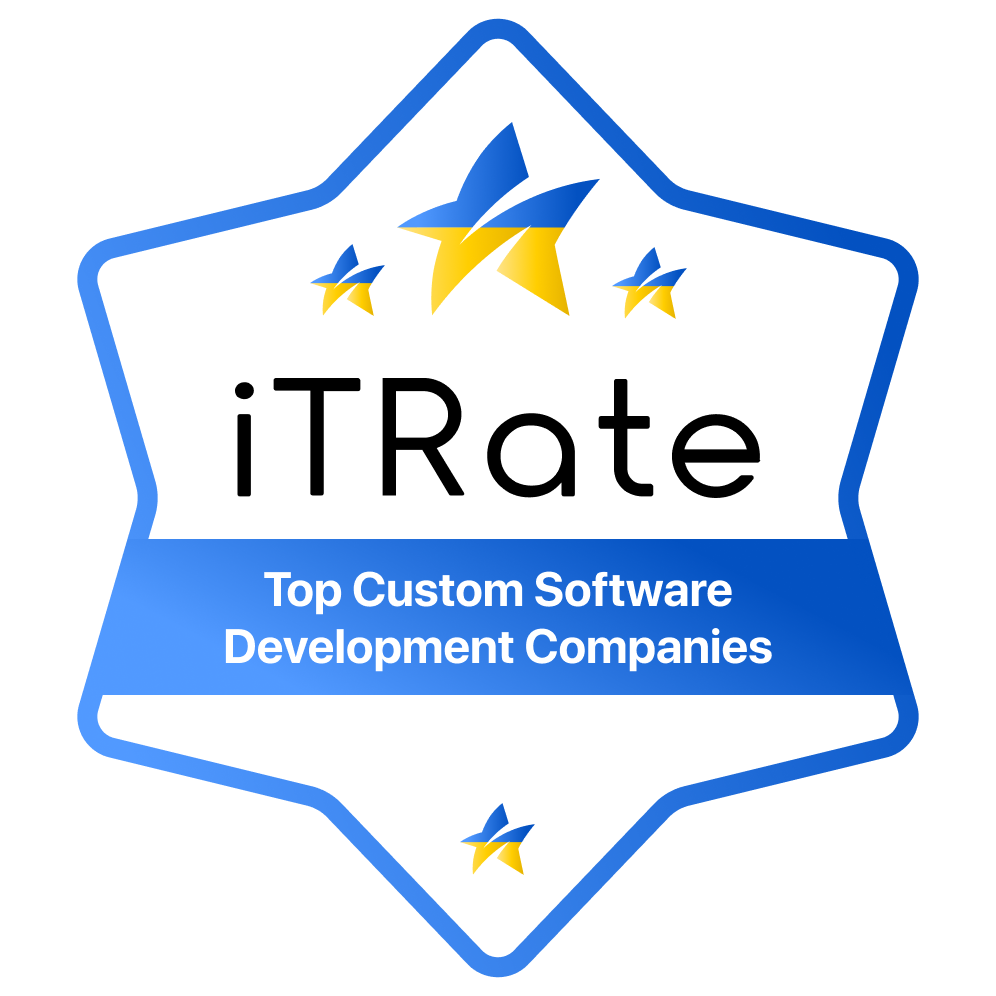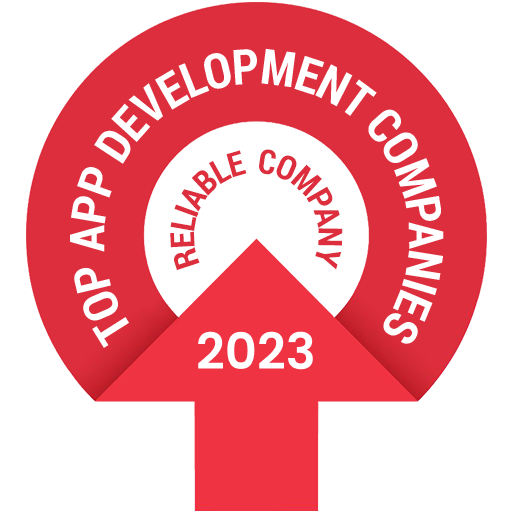Complete Guide to MVP Development
Why this playbook exists
Early-stage teams often have the insight and urgency to ship, but lack an operating rhythm that keeps discovery, delivery, and go-to-market connected. This guide walks through a six-week cadence that keeps the MVP anchored on user proof, commercial signals, and investor expectations.
Use the linked artefacts (interview scripts, prioritisation scorecard, sprint board, and activation dashboard) as you move through each section. Every framework is designed to be duplicated and adapted to your specific product.
What you’ll find inside
- Weekly rhythm for aligning discovery, delivery, and fundraising narratives.
- Reusable templates to capture insights, prioritise scope, and run sprint rituals.
- Checklists and dashboards that keep investors and advisors confident in your progress.
Six-week execution rhythm
Run the following weekly cadence to prove value quickly while managing risk:
- Week 0: Alignment checkpoint – Finalise problem statement, success metrics, and create the discovery workspace. Share the MVP one-pager with founders, product, engineering, and any advisors.
- Week 1: Evidence gathering sprint – Use the discovery interview scripts to run 8–10 conversations. Capture insights directly in the template and tag them by persona, friction, and desired outcome.
- Week 2: Prioritisation and planning – Score opportunities with the value-versus-risk matrix. Anything that fails to score high on value is logged as a backlog experiment, not a build commitment.
- Weeks 3–4: Dual-track delivery – Operate discovery and delivery tracks in parallel. Discovery validates assumptions for the next sprint; delivery focuses on instrumented core workflows using the sprint planning board.
- Week 5: Launch rehearsal – Dry-run onboarding, activation tracking, and investor update. Address gaps surfaced by the readiness checklist before inviting pilot users.
- Week 6: Pilot launch + learning loop – Release to target testers, monitor activation metrics, and schedule two weekly feedback touchpoints. Feed discoveries back into the sprint board and roadmap.
Discovery system
Layer qualitative and quantitative inputs to inform every build decision. Duplicate the discovery workspace and keep it open during every interview, stand-up, and investor sync.
- Interview workflow – Rotate discovery interviews between founders and product leads. Use the template to capture core jobs-to-be-done, existing workaround, and willingness to pay.
- Insight tagging – Categorise each finding as desirability, viability, or feasibility. This feeds the prioritisation scorecard and highlights gaps in evidence.
- Signal reviews – Every Friday, summarise the top five insights in a single slide. This keeps investors and advisors aligned without adding meeting overhead.
Tip: finish each interview by categorising the insight while it’s still fresh—otherwise evidence piles up without clear next steps.
Prioritising scope with clarity
Apply the value-versus-risk matrix from the toolkit to decide what enters the MVP build window. Score each candidate by:
- Evidence strength – Do interviews, funnels, or support tickets prove the pain?
- Commercial impact – Does the feature influence activation, retention, or monetisation?
- Implementation risk – What is the effort, technical unknown, and dependency chain?
Build only the items that score high on value and medium or low on risk. Everything else becomes an experiment, follow-up interview, or “later” backlog item.
A good rule of thumb: if you cannot point to evidence in the discovery workspace, it belongs in the experiment backlog—not the MVP scope.
Operating the delivery sprints
Use the sprint planning board to coordinate engineering, design, and product operations without adding process overhead:
- Monday – Kick-off stand-up with sprint goals and success metrics.
- Tuesday–Thursday – Daily 15-minute check-ins focused on blockers and data instrumentation.
- Wednesday – Discovery sync to review new evidence and adjust the upcoming sprint backlog.
- Friday – Demo with investors or advisors, highlighting shipped value and the next learning goal.
Ensure every feature ships instrumented. The activation dashboard template provides pre-built charts for signup completion, core action usage, and user retention at day 1, 7, and 30.
Share a screenshot of the dashboard in each investor or advisor update. It keeps conversations focused on proof rather than speculation.
Launch readiness checklist
Before inviting pilot users, confirm the following:
- User onboarding walkthrough recorded and tested with two non-team members.
- Support channel and escalation plan documented in the sprint workspace.
- Activation, retention, and qualitative feedback dashboards shared with stakeholders.
- Investor update template drafted with key learnings, upcoming experiments, and runway implication.
Metrics that matter
Track these signals from the first pilot cohort. Build them into your analytics workspace so stakeholders can monitor progress without waiting for a meeting.
| Metric | Why it matters | How to instrument |
|---|---|---|
| Activation rate | Validates whether users reach the primary outcome. | Track completion of the main workflow inside the activation dashboard template. |
| Time-to-value | Shows how quickly the MVP delivers the promised benefit. | Measure minutes from signup to first completed outcome. |
| Retention check-ins | Indicates whether users return within seven days and one month. | Use automated analytics alerts when users churn or become inactive. |
| Learning backlog velocity | Keeps the team focused on validated learning, not volume of features. | Count experiments closed or insights logged each week. |
Next actions
- Duplicate the discovery interview and scoring templates in your workspace.
- Schedule two weeks of discovery interviews and capture insights using the tagging system.
- Run the value-versus-risk prioritisation to define your six-week build scope.
- Set up the sprint board and activation dashboard before the first line of code is written.
- Plan your pilot launch calendar, including stakeholder updates and feedback loops.
Treat the MVP as a learning engine. The combination of structured discovery, focused delivery, and clear metrics ensures you can iterate quickly, impress stakeholders, and set up the next round of investment or customer growth.
Share your progress
Once the first pilot cohort completes onboarding, update your roadmap presentation with the activation dashboard, top three insights, and upcoming experiments. This keeps sponsors confident and unlocks faster decision making for the next iteration.


